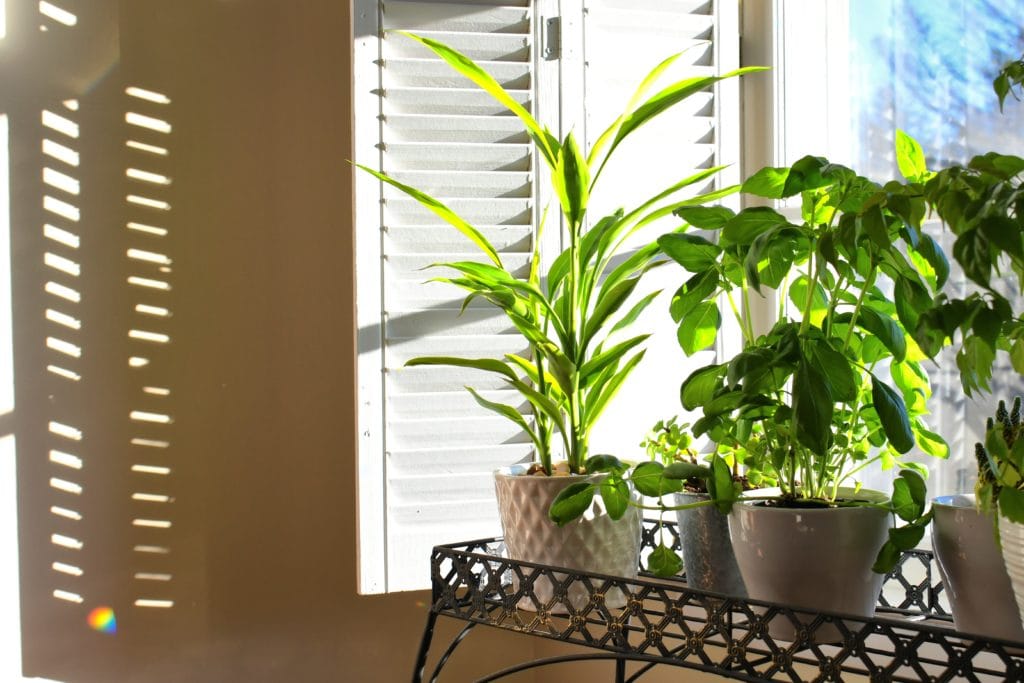The kitchen, often called the heart of the home, is more than just a space for cooking and eating. It’s a gathering place, a center for creativity, a spot for late-night chats, and sometimes, even a makeshift office. Given the multifunctionality of this space, lighting becomes a crucial design element, profoundly influencing both the aesthetics and functionality of your kitchen. In this article, we’ll delve into the importance of lighting in kitchen design. For more information, you can always take help from bathroom remodeling companies.
The Importance of Lighting in Kitchen Design
Good lighting can revolutionize the way you perceive and use your kitchen. It can make the space appear larger, enhance the room’s ambiance, aid in task completion, highlight your kitchen’s best features, and even have an impact on your mood and energy levels. A well-lit kitchen becomes an inviting space, encouraging family and friends to gather and participate in meal preparation or simply enjoy good company.
Types of Lighting
Understanding the different types of lighting is the first step to creating an effective kitchen lighting plan. There are three main types:
- Ambient Lighting: This is the base layer of lighting, providing overall illumination to the room. It helps fill in shadows, reduces contrast, and lights up the corners of your kitchen. Recessed ceiling lights, chandeliers, and track lights are popular choices for ambient lighting.
- Task Lighting: As the name suggests, task lighting helps you perform specific tasks such as cooking, reading recipes, or cleaning. It is brighter and more concentrated. Under-cabinet lights, pendant lights over the countertops or the sink, and stove lights fall under this category.
- Accent Lighting: Accent lighting adds drama and aesthetic appeal to your kitchen. It’s used to highlight specific areas or objects like open shelves, artworks, or architectural details. Wall sconces, strip lights, and directional recessed lights are often used for this purpose.
Balancing the Three Types of Lighting
Creating an inviting and functional kitchen involves striking the right balance between these three types of lighting. Too much ambient light might make your kitchen seem bland, while too much task lighting could create unwanted shadows. On the other hand, overdoing accent lighting might result in a scattered and unfocused design.
Consider first your ambient lighting, as it will be the primary light source. Think about the kitchen’s size and layout, as well as the amount of natural light the room receives. Recessed lighting or a central ceiling light fixture are common choices for creating a well-distributed, even light in the kitchen using interior shutters.
Next, identify the areas where you’ll require task lighting. Consider all the tasks you usually perform in your kitchen, such as chopping vegetables, cooking, washing dishes, or reading recipes. The goal here is to eliminate shadows and provide sufficient light to comfortably carry out these tasks. Under-cabinet lighting works wonders in lighting up counter spaces, while pendant lights or chandeliers work well over kitchen islands.
Lastly, strategically place your accent lighting to draw attention to the elements you want to highlight. This could be a beautiful piece of art, your exquisite collection of cookbooks, or even your unique tilework.
Color Temperature and Light Sources
When selecting light fixtures, consider the color temperature. The color temperature of a light bulb is measured in Kelvins (K), and it determines whether light has a warm or cool hue. Warm lighting (2000K-3000K) creates a cozy, homely ambiance, making it ideal for ambient and accent lighting. In contrast, cool lighting (3100K-4500K) is brighter and whiter, resembling daylight, making it suitable for task lighting.
LED lights are an excellent choice for kitchen lighting. They’re energy-efficient, have a long lifespan, and are available in various color temperatures and intensities. Plus, many LED fixtures are dimmable, allowing you to adjust kitchen lighting according to your needs and time of day.
How to save space in your bathroom?
Embracing the Cozy: The Advantages of a Small Bathroom
Many homeowners see a small bathroom as a challenge to be overcome. However, when viewed from a different perspective, small bathrooms are opportunities in disguise. With the right design, your petite bathroom can become a cozy, intimate space that exudes charm and elegance. Plus, a small bathroom remodel can be cost-effective, allowing you to splurge on high-end materials that would be too pricey for a larger space.
Strategic Use of Colors and Materials
Creating an illusion of space is key in a small bathroom. Light, neutral colors can make your bathroom feel airy and spacious. Consider using shades of white, beige, or light gray on the walls. Large tiles for the floor can also give an impression of a bigger space. Another effective trick is to use the same material on the floor and walls. This continuity can visually expand the space, making your bathroom remodeling feel more open.
Reflections and Transparencies: Mirrors and Glass
Mirrors and glass are your best friends when it comes to designing a small bathroom. A well-placed mirror can double the perception of space and amplify the lighting in your bathroom. You might want to consider a large mirror that spans the length of the wall or even mirrored cabinet doors.
When it comes to shower enclosures, glass is the way to go. A transparent shower enclosure allows the eye to travel without interruption, creating a seamless look. Alternatively, consider a walk-in shower without a door to further open up the space.
Innovative Storage Solutions
Storage is often a challenge in small bathrooms, but there are plenty of innovative solutions to this problem. Recessed shelves or niches in the shower area provide storage without encroaching on the limited space. Wall-mounted vanities with storage underneath can make the floor area appear larger, and they offer additional storage space. Towel bars or hooks on the door or wall are also great space-savers.
Savvy Fixture Selection
When space is limited, every inch counts. Opt for compact fixtures designed for small spaces. For instance, a wall-mounted sink or a floating vanity can free up floor space. Choose a round vanity instead of a square one to avoid sharp corners. A wall-mounted toilet can also save space and create a sleek, modern look.
Conclusion
Lighting, when skillfully executed, can elevate your kitchen design, bringing out the beauty of your countertops, the elegance of your cabinetry, and the brilliance of your backsplash. More importantly, it can transform the mood, ambiance, and functionality of your space, ensuring it’s always ready to play its part as the heart of your home.
Whether you’re in the early stages of designing a new kitchen or contemplating a lighting upgrade, consider reaching out to a lighting design professional. Their expertise can help you navigate the various kitchen remodeler option and create a lighting plan that best suits your needs and aesthetic preferences. topac


